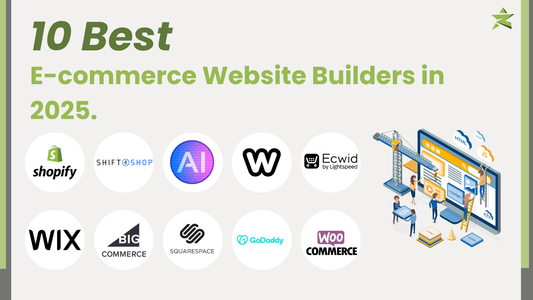Choosing between drop shipping and traditional ecommerce depends on several factors unique to your business goals, resources, and risk appetite. Here’s a quick overview of both models to help you decide which is the best fit for you.
Order Fulfillment Workflow in Drop shipping vs E-commerce
- Traditional Ecommerce: Involves the purchase and storage of inventory. The retailer is responsible for everything from product sourcing to warehousing, order processing, and shipping.
- Drop shipping: No inventory is held. Orders are passed to third-party suppliers, who handle the fulfillment and shipping. The retailer focuses mainly on marketing and customer service.
Key Similarities in Drop shipping vs E-commerce

- Digital Storefront: Both models require an online platform like a website or app to sell products.
- Global Reach: Both have the potential to reach a global audience.
- Marketing Strategies: Both employ similar techniques to attract customers.
- Customer Engagement: Success relies on understanding and engaging with customers.
Key Differences in Drop shipping vs E-commerce
- Control Over Inventory: Traditional e-commerce requires the purchase and storage of products, while drop shipping doesn't require inventory management.
- Quality Assurance: E-commerce allows complete control over product quality, while drop shipping business provides limited control due to reliance on third-party suppliers.
- Financial Risk: Drop shipping has lower initial costs and risks but offers smaller profit margins. E-commerce requires more investment upfront for inventory and infrastructure but can lead to higher profit margins.
- Brand Identity: E-commerce business allows more control over brand identity since you manage all aspects of product presentation and delivery while drop shipping limits this control.
Making Your Decision in Drop shipping vs E-commerce

Consider the following questions to determine which model suits your needs:
- Control Over Products: Do you want full control over product quality, pricing, and inventory?
- Brand Identity: Is building a unique brand important to you, and can you do so without handling the products?
- Financial Risk: Are you willing to invest more upfront and handle inventory, or would you prefer a lower-risk approach with drop shipping?
- Management Capacity: Do you have the resources to manage inventory, fulfillment, and logistics?
- Long-Term Goals: What are your business goals, and which model aligns best with them?
Ultimately, the choice between drop shipping and traditional e-commerce depends on your unique circumstances, capabilities, and objectives. Both models offer opportunities for success, but understanding the nuances of each will help you make an informed decision.










